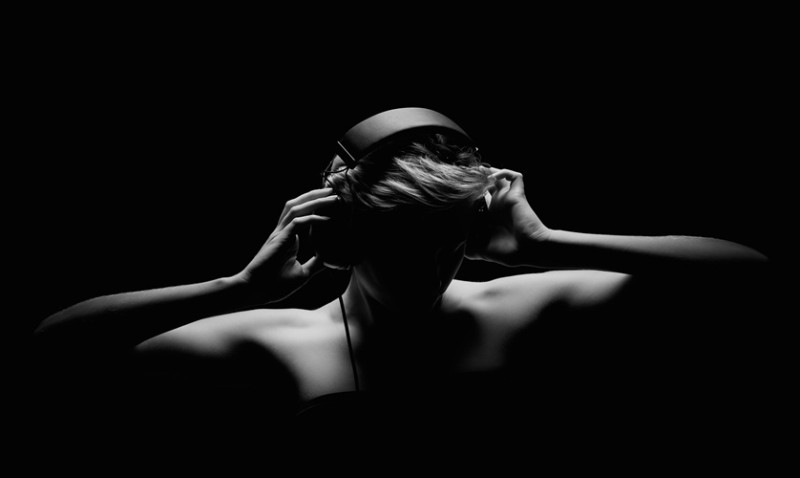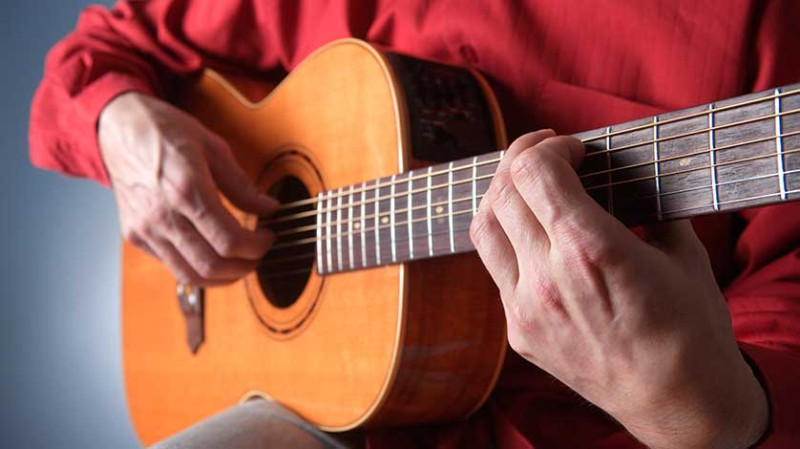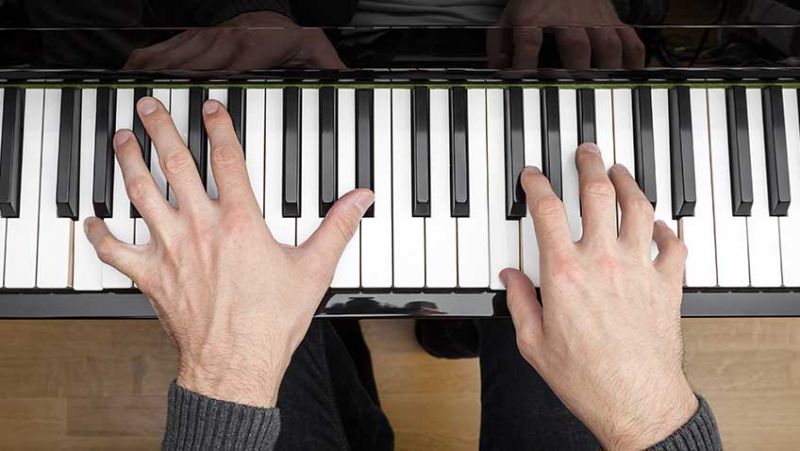
Whether you're singing in the shower or preparing for the stage, achieving a powerful opera-style vocal isn’t only for classically trained singers. With the right techniques and practice, anyone can begin to cultivate that rich, resonant sound that defines opera. In this vocal breakdown, we’ll guide you through four easy steps to unlock your operatic potential – no matter your experience level.
Perfect for DIY enthusiasts curious about voice training, young professionals looking to develop new creative hobbies, or even architects and designers interested in the powerful acoustics of performance spaces, these tips provide a practical foundation in vocal strength and expression.
Ready to transform your voice into the sound of the stage? Let’s dive into the world of opera vocals.
Step 1: Master Your Breath Control
The foundation of any opera singer's voice lies in breath control. Unlike pop or speech-level singing, opera demands sustained phrases, powerful projection, and total support from your breath. This doesn’t mean holding your breath—it means managing it effectively.
Start by practising diaphragmatic breathing. Place your hand on your stomach and inhale slowly for four counts. Your stomach should expand, not your chest. Hold it for four counts and then exhale for six. Repeat this daily to develop lung capacity and control.
Imagine your breath as the fuel to your tone. Without it, your sound will wither. With it, your voice can soar effortlessly across a large hall even without a microphone—just like in true operatic performance.
Professional builders and designers who understand structural foundations can find a familiar parallel here: just like your house needs a solid base, your voice needs firm breath support to perform beautifully and efficiently.
Once you're confident with breathing techniques, challenge yourself with vocal phrases that require longer exhalations. This will train you to sing sustained notes without losing pitch or power.
Step 2: Find Your Vocal Placement
Opera singing isn’t just about volume—it's also about resonance and placement. Proper vocal placement refers to where you "feel" the sound vibrating in your body. In opera, this is typically in the “mask” area: your forehead, cheekbones and nasal cavity.
To develop this, hum gently and focus on where the vibration is strongest in your face. Then, open the hum into a vowel sound like “ah” or “ee” while keeping the same vibration active in the mask area. This technique helps create a focused, ringing tone—hallmarks of an operatic voice.
Imagine how an interior designer shapes light in a room to create a specific effect. With the same precision, you can position your voice to shape how it resonates—and where. It's a craft that balances art and science.
Beware of singing too far back in the throat. This can strain your voice and dull the clarity operatic vocals are known for. Vocal placement should always feel natural and never forced.
Practice these placements with scales and arpeggios, gradually expanding your comfort range until you can carry the resonance across all registers of your voice.
Step 3: Open Your Vowels
Opera singers are masters of vowels. Why? Because open, round vowels allow for maximum resonance, clarity, and power in your sound. Unlike casual speech where we tend to mumble or shorten vowels, opera requires long, pure, and fully-formed vowel sounds.
Start by isolating vowels (Ah, Eh, Ee, Oh, Oo) and singing them on a consistent note, ensuring each one remains clear and open without distortion. Use a mirror to observe your mouth shape—it should be relaxed but purposeful, just like a seasoned tradesman with a well-worn set of tools.
Open vowels also contribute to the overall tone and character of your voice. They help you avoid tightness in the throat and achieve that “bloom” in sound that defines opera. This is especially important in higher notes where tension tends to creep in.
Try singing the same word in both a pop and an opera style. For example, take the word “love.” In pop, you might clip the word. For opera, stretch the “o” and let the “v” soften naturally. You’ll instantly hear a dramatic difference in power and emotion.
For rehearsal, songs in Italian are ideal as the language naturally calls for open vowels and clarity. Think of it as the ‘ready-mixed paint’ of vocal training—ready to apply and rich in tone.
Step 4: Support with Your Whole Body
Opera singing is a full-body workout. When you sing, your posture, stance, and even facial expression contribute to the sound you produce. Think of your body as your musical instrument—if it's tense, imbalanced, or misaligned, your voice will reflect that.
Stand tall with your feet shoulder-width apart. Keep your shoulders relaxed but lifted, and engage your core slightly—not in a rigid way but as if preparing for a gentle punch. This activates the muscles needed to support your voice sustainably.
Singing while being mindful of posture avoids unnecessary strain and helps project your voice efficiently—especially in echoey environments like a cathedral or a modern open-plan kitchen studio.
Using your whole body also gives your performance dimension. Opera is as visual as it is musical. Let your arms express phrases, let your face emote joy, sorrow or passion. This adds drama and connects your audience on a deeper level.
Much like a designed space needs consistency between layout and lighting, your vocal and physical presence should align to produce a polished, moving performance.
Bonus Tips & Daily Vocal Routine
To accelerate your opera journey, here is a quick daily routine you can follow:
| Time | Exercise | Goal |
|---|---|---|
| 5 mins | Breath control drills (inhale-hold-exhale) | Develop stamina and control |
| 10 mins | Humming and resonance placement | Fine-tune mask placement |
| 10 mins | Vowel shaping on sustained notes | Open vowel technique |
| 5 mins | Posture and body awareness warm-up | Full-body support |
Stick with it for a few weeks, and you’ll start to feel—and hear—your operatic power unfold!
Final Thoughts
Opera isn’t just a style of singing—it’s an art of expression, technique, and passion. By unlocking the potential in your breath, placement, vowels and posture, you can cultivate those commanding vocals that define opera.
Whether you’re an architect used to understanding acoustics, a DIY-loving homeowner singing while renovating, or a designer shaping emotive spaces—these opera tips are a creative and empowering way to explore your voice.
So warm up, stand tall and sing like you’re on the grand stage. No top hat or red curtain required!





